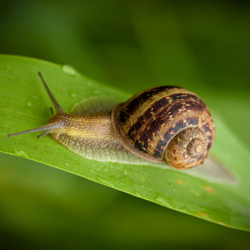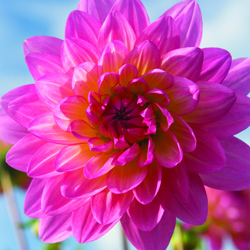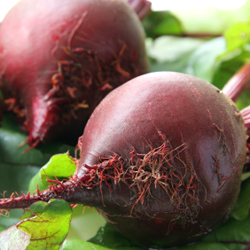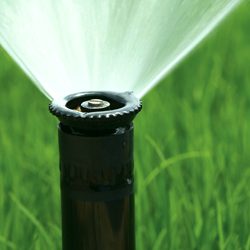This is a busy time in the garden. It may appear overwhelming and impossible to keep up. Make a list of your activities, take your time and enjoy the process. After all, gardening is great exercise, a good excuse to be outside and in the sun, and is a fantastic way to meet the neighbors!
GENERAL
- Apply slow-release spring fertilizer and organics to lawns and landscape plants. Most will require nitrogen. Citrus trees will need iron.
- Perfect time to plant fruit and shade trees and shrubs.
- Deeply water plants under eaves
- Tend outdoor containers. Repot plants that have outgrown the container. Plant annuals.
- Check irrigation systems
- Weed
LAWN
- April is perfect time to reseed bare spots.
- To conserve water, raise the mowing height to 2 1/2 or 3″.
- Apply grub control, and weed n’ feed to control oxalis and other broadleaf weeds
- Aerate. Apply top coat of compost
LANDSCAPE
- March: Prune early flowering shrubs after blooming. This includes camellias, forsythia, witch-hazel and early azaleas.
- April, prune later blooming shrubs after blooming, such as Spirea, Ribes, lilac and ceanothus.
- Plant dahlias, gladiolas, cannas, callas, and other summer blooming bulbs at regular intervals to ensure long season bouquets
- Fertilize roses when leaves appear
- Plant annuals
PEST CONTROL
When spraying any plant, water it first.
- Aphids: Spray with insecticidal soaps or using garlic based products
- Snails: Scatter snail bait to protect new growth on plants. Copper tape around special plants is an effective boundary
- Yellow Jackets: Hang traps to capture/prevent swarming queens from nesting
- Apply last application of horticultural oil spray on fruit trees
- Release ladybugs to eat harmful mites and aphids
- Spray roses for powdery mildew
- Prevent fire blight on apples and pear by spraying Bordeaux mixture during bloom time
- Prevent brown rot of stone fruits by spraying fungicide containing copper during bloom time
VEGETABLES
- Potatoes: Plant potatoes, if you haven’t already
- March: Plant herbs and root crops such as beets, carrots, radishes.
- March: Plant lettuce and spinach.
- March/April: When soil temperature is above 60⁰F, plant summer crops.
HOUSEPLANTS
- Check plants for pests such as spider mites, aphids, and fungus gnats
- Transplant if roots are emerging from drainage holes
- Check overall appearance of plant. If leaning towards the winter, turn it. If becoming burned from window light, move to another location.
- As temperatures warm, houseplants that overwintered inside may slowly return to their outdoor location.








